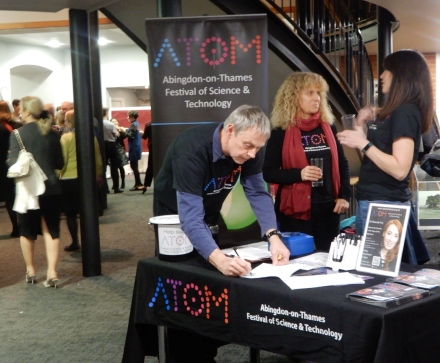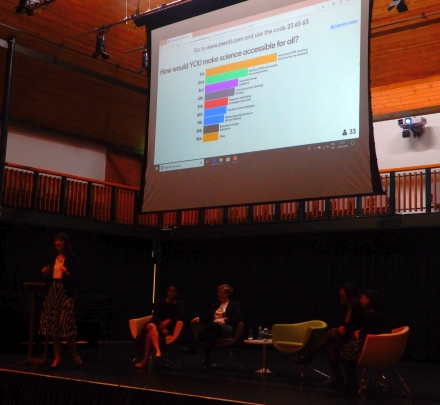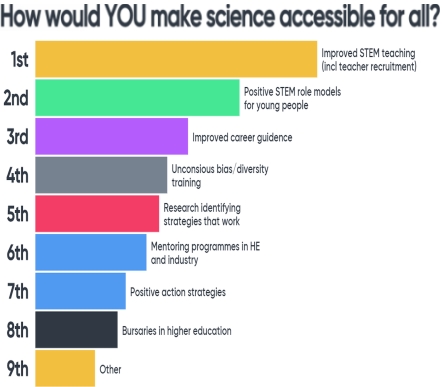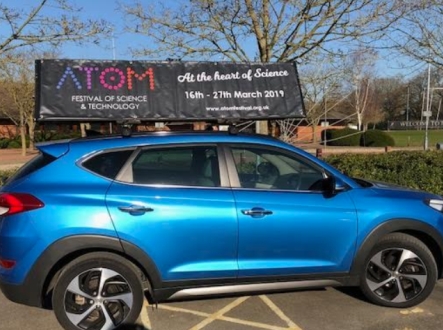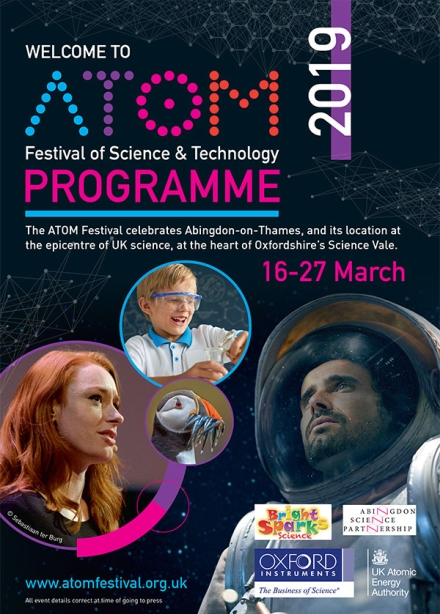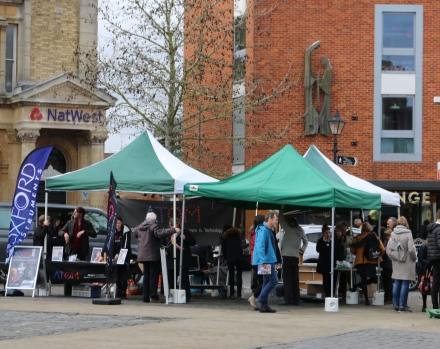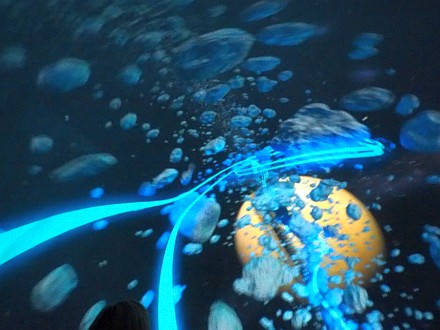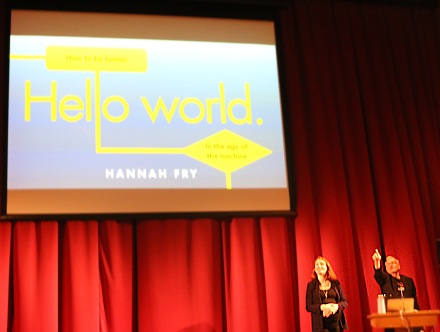
Hannah Fry is a Mathematician, whose speciality is mathematics and human behaviour. She is best known for her television documentaries, and recently got an award for her contributions to the public understanding of mathematics. She came to Abingdon this evening to give a talk to a packed Amey Theatre on ‘How to be Human in the Age of the Machine’ – part of the ATOM Science Festival.
The talk went through many examples where machines make decisions in real life. She talked about algorithms – that is where a machine decision is based on set rules. She also spoke about Artificial Intelligence (AI) where the machine has the ability to learn. There was the example of a Judge making a custodial sentence decision verses an algorithm. The Judge might be inconsistent at times and subject to human idiosyncrasies. The algorithm is consistent but does not understand concepts such as fairness and justice and so can go awry. She went through other examples such as generating music, disease detection, driverless cars, identifying images. In a question and answer sessions she also talked about some of the ethical issues. One conclusion was that machines work best where we as humans question their decisions, and correct their mistakes.
After the talk Hannah signed copes of her book Hello World: How to be Human in the Age of the Machine.
